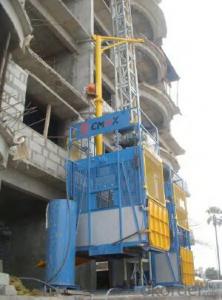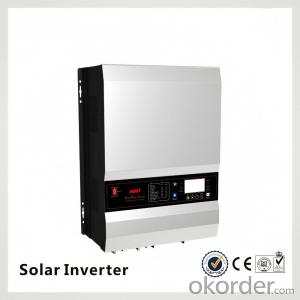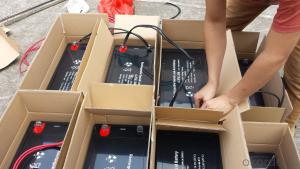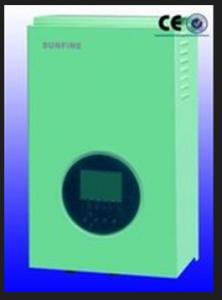Buy Hybrid Solar Inverter
Buy Hybrid Solar Inverter Related Searches
Canopy For Solar Inverter Awning For Solar Inverter Solar Inverter For Rv Inverter For Solar Quality Solar Inverter Best Solar Inverter In Kerala Top Solar Inverter In Pakistan Plug In Solar Inverter Solar Inverter In Pakistan Spd In Solar InverterHot Searches
Type Of Inverter For Solar Types Of Inverter For Solar Used Solar Inverter For Sale Inverter Size For Solar System Solar Edge Inverter For Sale 5kw Solar Inverter For Sale Solar Inverter For Sale Solar Inverter For Battery Solar Inverter For Split Ac Solar Inverter For Laptop Solar Inverter For Fridge Solar With Inverter Price Solar Inverter With 2 Battery Solar Inverter With Ac Outlet Solar Inverter Price In China Best Solar Inverter In China Solar Inverter Price In Dubai Solar Inverter Price In Uae Solar Inverter Price In Kenya Solar Inverter For FridgeBuy Hybrid Solar Inverter Supplier & Manufacturer from China
Okorder.com is a professional Buy Hybrid Solar Inverter supplier & manufacturer, offers integrated one-stop services including real-time quoting and online cargo tracking. We are funded by CNBM Group, a Fortune 500 enterprise and the largest Buy Hybrid Solar Inverter firm in China.Hot Products
FAQ
- Yes, a solar inverter can be used in areas with high seismic activity. However, it is essential to ensure that the solar inverter is designed to withstand seismic vibrations and has been installed using appropriate seismic-resistant mounting techniques. Special precautions and engineering considerations may be necessary to ensure the inverter's integrity and functionality during seismic events.
- The function of a solar inverter is to convert the direct current (DC) electricity produced by solar panels into alternating current (AC) electricity, which can be used to power household appliances and be fed back into the electrical grid.
- No, a solar inverter cannot be used with different grid voltages or frequencies. Solar inverters are designed to convert the DC power generated by solar panels into AC power that matches the specific grid voltage and frequency of the electrical grid it is connected to. Using a solar inverter with different grid voltages or frequencies can cause damage to the inverter and may result in a loss of efficiency or functionality.
- Yes, there are several safety considerations when installing a solar inverter. Firstly, it is important to ensure that the installation is done by a qualified professional who has the necessary knowledge and expertise. Additionally, proper grounding and electrical connections should be established to minimize the risk of electric shocks or fires. Adequate ventilation and protection from moisture should also be provided to prevent overheating and damage. Lastly, it is crucial to follow all manufacturer's instructions and local building codes to ensure a safe and compliant installation.
- A solar inverter handles voltage dips or fluctuations in the grid by constantly monitoring the grid voltage. When it detects a dip or fluctuation, it rapidly adjusts its output voltage to stabilize the grid voltage. This process is known as grid support or grid-tied operation and ensures that the solar inverter maintains a steady and synchronized connection with the grid, even during voltage disturbances.
- Yes, solar inverters are compatible with smart home systems. In fact, many modern solar inverters are designed to integrate seamlessly with smart home technology, allowing homeowners to monitor and control their solar energy production and consumption through their smart devices. This integration enables better energy management, increased efficiency, and the ability to optimize the use of solar power within a smart home ecosystem.
- A solar inverter handles voltage fluctuations from the battery bank by regulating and stabilizing the incoming DC voltage from the batteries. It converts the fluctuating DC voltage into a stable AC voltage, ensuring a consistent power supply to the connected devices or grid.
- The role of a display interface in a solar inverter is to provide real-time information and control options to the user. It allows the user to monitor the performance of the solar inverter, such as its power output, voltage levels, and error status. The display interface also enables the user to adjust settings, configure parameters, and troubleshoot any issues that may arise. Overall, it serves as a user-friendly tool for managing and optimizing the operation of the solar inverter system.












































